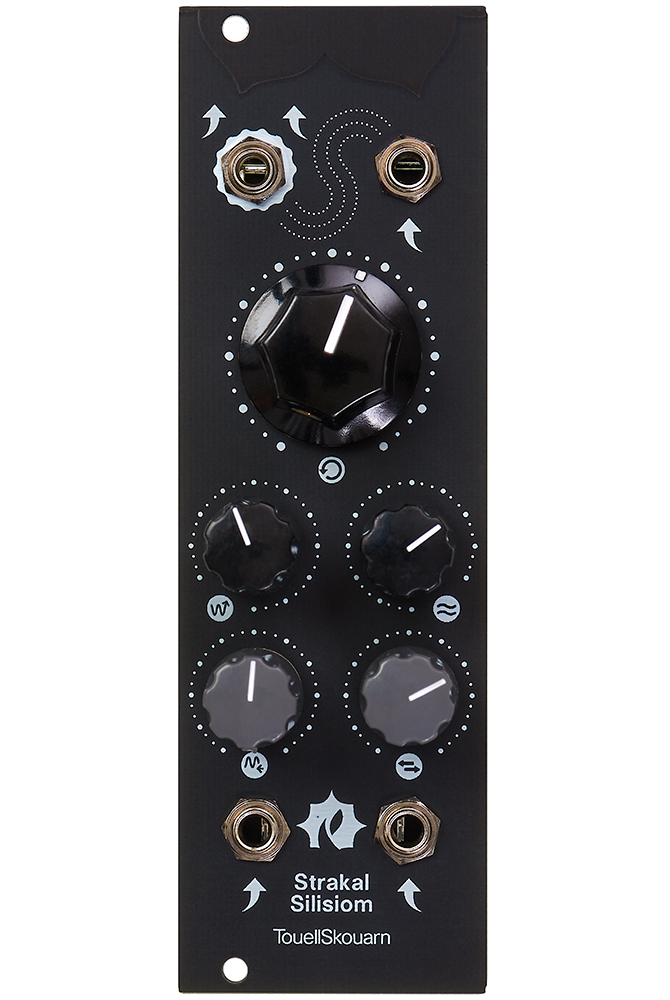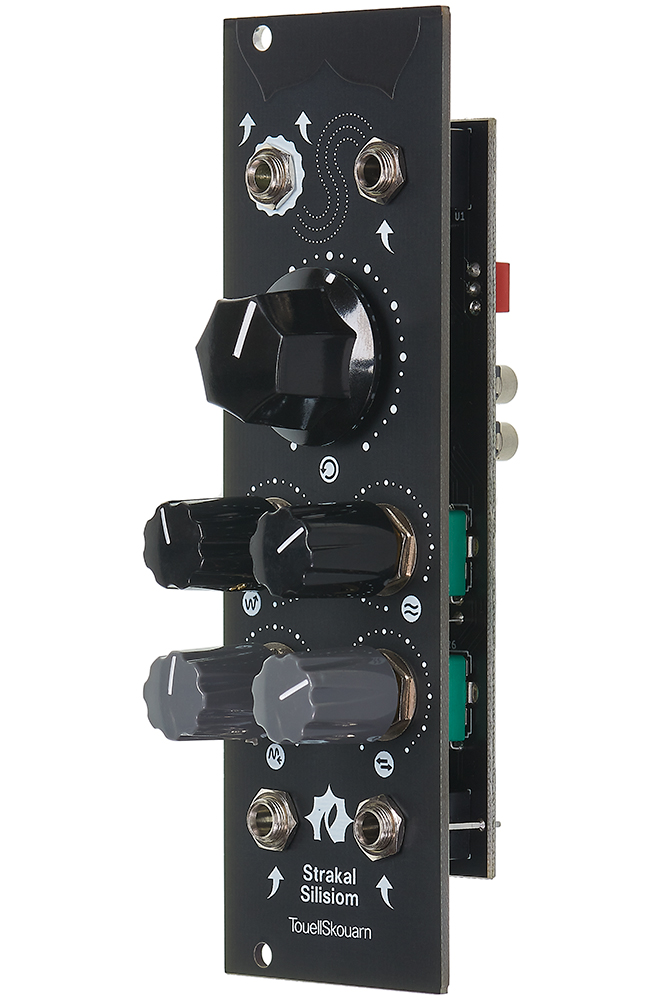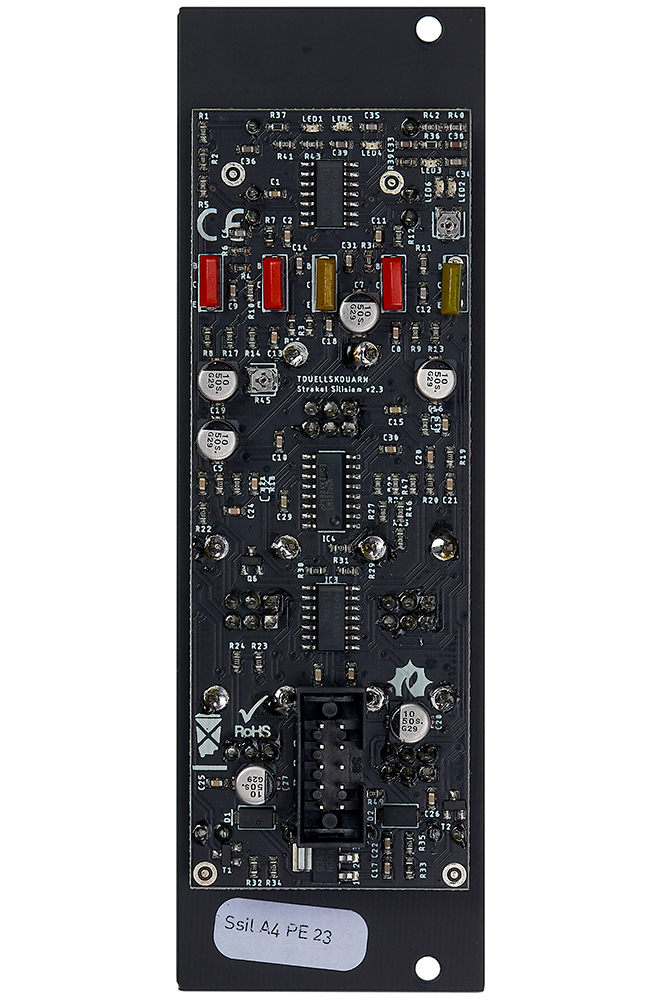News
Newsletter
Strakal Silisiom
The Touellskouarn Strakal Silisiom is composed of two different fuzz circuits.



The two circuits share the same controls. The Fuzzes and EQ are slightly differents (great for strereo). You can output the Stereo signal by plugin a stereo cable or you can output a mono signal : Fuzz 1 - clock wise or Fuzz 2 - counterclock wise, or a mix of the two fuzz circuits by turning the morphing pot.
-
Features:
- Selected Silicon transistors
- Mono input
- Stereo output - with stereo cable
- Mono morphing output - with mono cable
- Feedback (with cv control)
- EQ (low / high)
- Morphing (with cv control): Clock wise Fuzz 1, counter clock wise Fuzz 2
Neuzeit Instruments
We are pleased to welcome a new brand to our portfolio: Neuzeit Instruments.
The first module from the German (near Munich) based company is available now! Orbit is a multi-layered module that combines different sound processors. It has a bitcrusher with invertible bits, a harmonizer with up to five oscillations, a multimode filter and a simple equalizer for further sound shaping.

NAMM Believe in Music 2021
We are pleased to be able to participate at this year's NAMM Show, even though it is virtual.
The NAMM Believe In Music Week will take place from the 18th to 22nd of January. We will be showcasing the full range of our brands and a selection of new modules. Get signed up, and visit our booth to find out about the latest eurorack modules!

Our sessions will take place on the following dates:
Tuesday, January 19, 2021
9:00 AM to 10:30 AM (CET) : Endorphin.es - Modular Techno Live: Julia Bondar
7:30 PM to 8:00 PM (CET) : Buchla Easel Command Overview & Music Easel Announcement
8:00 PM to 8:15 PM (CET) : EOWAVE: Domino, Fluctuations Magnétiques, Quadrantid Swarm
Wednesday, January 20, 2021
7:00 PM to 7:30 PM (CET) : Neuzeit Instruments - Orbit
7:00 PM to 7:30 PM (CET) : Doepfer: The Polyphonic System
8:00 PM to 8:30 PM (CET) : AJH Synth: Wave Swarm, Next Phase, Entropic Doom, Lunar Module
9:00 PM to 9:30 PM (CET : TouellSkouarn: Eurorack Modules And Pedals
9:00 PM to 9:30 PM (CET) : UDO: Super 6 - polyphonic synthesizer
Thursday, January 21, 2021
8:00 PM to 8:30 PM (CET) : Animal Factory Amplification: Orobas & Tannhauser Gate
9:00 PM to 9:30 PM (CET) : Humble Audio: Quad Operator & Algo
Supercritical Synthesizers - Neutron Flux
The Supercritical Synthesizers Neutron Flux is an innovative stereo filter.
It features an analog core and digital control over it, which allows the core to be shaped almost endlessly, taking on the character of almost any classic filter. This gives the filter the ability to explore sounds that have never been heard before!
The Neutron Flux can be used to filter stereo sound sources such as drum machines or VA synths and add some serious drive! It is possible to change the filter slopes of each character (Fat, Crisp, Liquid, Sour and Mean) on the fly, allowing for very complex filter sweeps.
In this video we also paired the Neutron Flux with the Demon Core Oscillator and Demon Expander to create a complete monophonic or polyphonic stereo synth voice!










